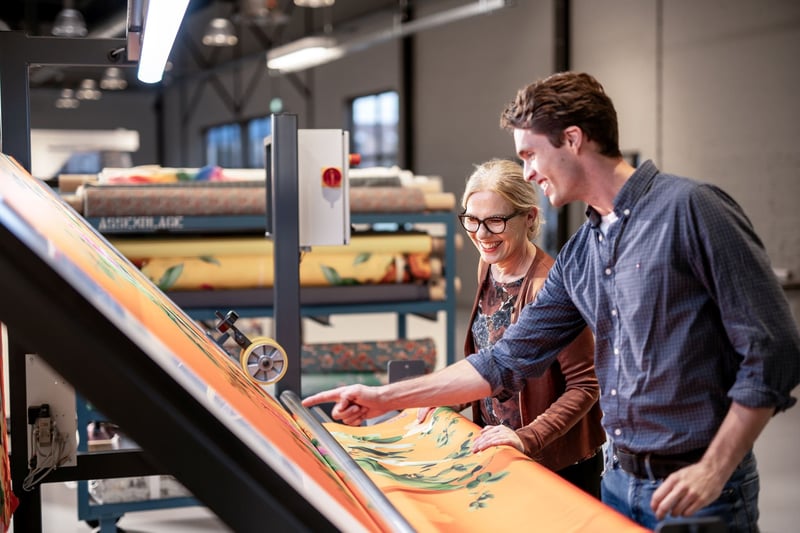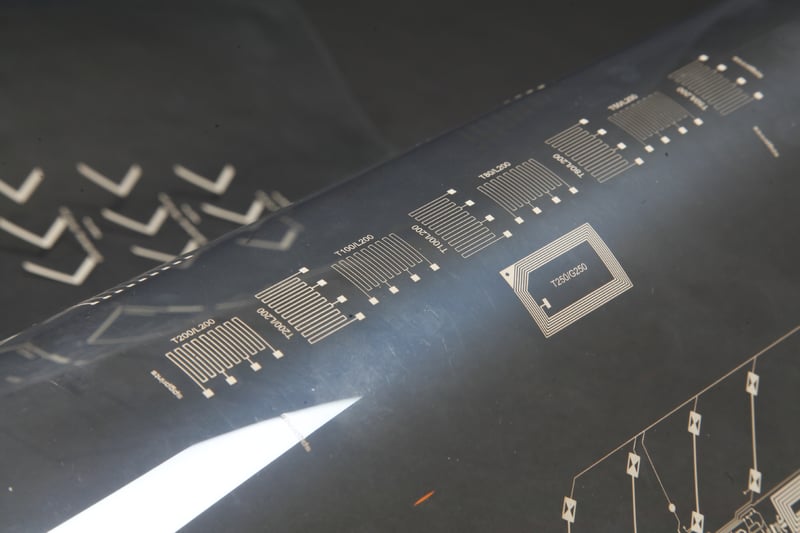Screens play a pivotal role in determining the efficiency and effectiveness of the hydro-jetting process, a critical stage where fibers are intricately entangled to form non-woven fabrics. The selection of an appropriate screen is not merely a procedural choice; it is a strategic decision that can significantly influence the overall production quality. This encompasses crucial aspects such as the uniformity and consistency of the material being produced, as well as the operational lifespan and maintenance needs of the manufacturing equipment involved.
As the demand for non-woven materials continues to surge in various industries, driven by their versatility and application potential, manufacturers are under increasing pressure to meticulously evaluate and choose the most suitable screen technology. This careful selection is essential not only for maintaining a competitive edge in a rapidly expanding market but also for adhering to sustainable production practices that are becoming increasingly important in today's environmentally conscious landscape.
Comparing Screen Technologies: Wire Mesh, MPS, and Jade
Choosing the right screen technology is a pivotal decision in non-woven manufacturing. Currently, manufacturers can choose from wire mesh, MPS, and the cutting-edge Jade screens, each offering distinct advantages and challenges.
Wire Mesh Screens are traditional and cost-effective, made from woven metal wires plated with nickel. While they are durable, their pattern flexibility and maintenance requirements can be limiting.
MPS Screens, crafted entirely from nickel, offer enhanced stability and longevity. Their electroformed construction allows for custom patterns that improve the entanglement process, resulting in superior quality and consistency.
Jade Screens represent the latest innovation, emphasizing sustainability and efficiency. Designed to operate with lower water pressure, they offer significant energy savings and reduced environmental impact while maintaining high performance and durability.
Cost-Effectiveness: Balancing Budget and Quality
In an industry characterized by tight margins, cost-effectiveness is a critical concern. Manufacturers must consider both initial costs and total cost of ownership (TCO) when selecting screens.
Initial Costs vary, with wire mesh screens being the most affordable upfront. MPS screens, due to their advanced construction, come at a higher price, while Jade screens, with their innovative design, have a slightly higher initial cost compared to MPS, justified by their long-term benefits.
Total Cost of Ownership accounts for not only the purchase price but also maintenance, lifespan, and downtime. Wire mesh screens, though cheaper initially, require more frequent replacements, impacting TCO adversely. MPS screens offer better longevity, reducing downtime and maintenance costs. Jade screens, with their advanced design, provide the lowest TCO, thanks to their durability and energy efficiency.
Enhancing Production Performance with Advanced Screens
Performance is a crucial metric in non-woven manufacturing, encompassing consistency, efficiency, and durability.
Consistency in production is vital for meeting customer demands. While wire mesh screens can deliver consistent results, they require more frequent adjustments. MPS screens provide enhanced stability, and Jade screens offer the highest consistency, ensuring every batch meets the desired quality standards.
Efficiency is measured by throughput and quality. Wire mesh screens are reliable but may not match the efficiency of MPS or Jade screens. The latter two improve fiber entanglement and product quality, with Jade screens further reducing water pressure needs, enhancing throughput and energy savings.
Durability is essential for minimizing downtime and replacement costs. Wire mesh screens, though efficient, wear out faster. MPS screens' electroformed construction offers higher durability, while Jade screens withstand high-pressure environments, offering the longest operational lifespan.
Sustainability in Focus: Reducing Environmental Impact
As sustainability becomes a priority, screen technology plays a pivotal role in reducing the environmental impact of non-woven manufacturing.
Material Sustainability is influenced by the materials used in screen construction. Wire mesh screens can be recycled but require more energy. MPS screens, made from nickel, are more durable and easier to recycle. Jade screens, designed for sustainability, use recyclable materials and are engineered for a longer lifespan.
Waste Reduction is achieved by minimizing screen replacements. Wire mesh screens require frequent changes, generating more waste. MPS and Jade screens, with their durability, reduce waste over time, offering a greener solution.
Energy Consumption is a significant factor. Wire mesh screens demand higher water pressures, increasing energy use. MPS screens reduce water usage with enhanced designs, but Jade screens offer the greatest savings by lowering energy consumption up to 10%, setting a new standard for sustainable manufacturing.
Making Informed Decisions for Future-Proof Manufacturing
Selecting the right screen technology is crucial for manufacturers aiming to optimize efficiency, reduce costs, and meet sustainability goals. While wire mesh and MPS screens offer reliable options, transitioning to Jade screens can provide significant long-term advantages, including better production quality and environmental benefits.
As the non-woven industry continues to evolve, embracing innovative screen technologies like Jade can establish a competitive edge. By focusing on sustainability and efficiency, manufacturers can not only enhance their operations but also contribute to a more sustainable future, positioning themselves as leaders in the industry.



